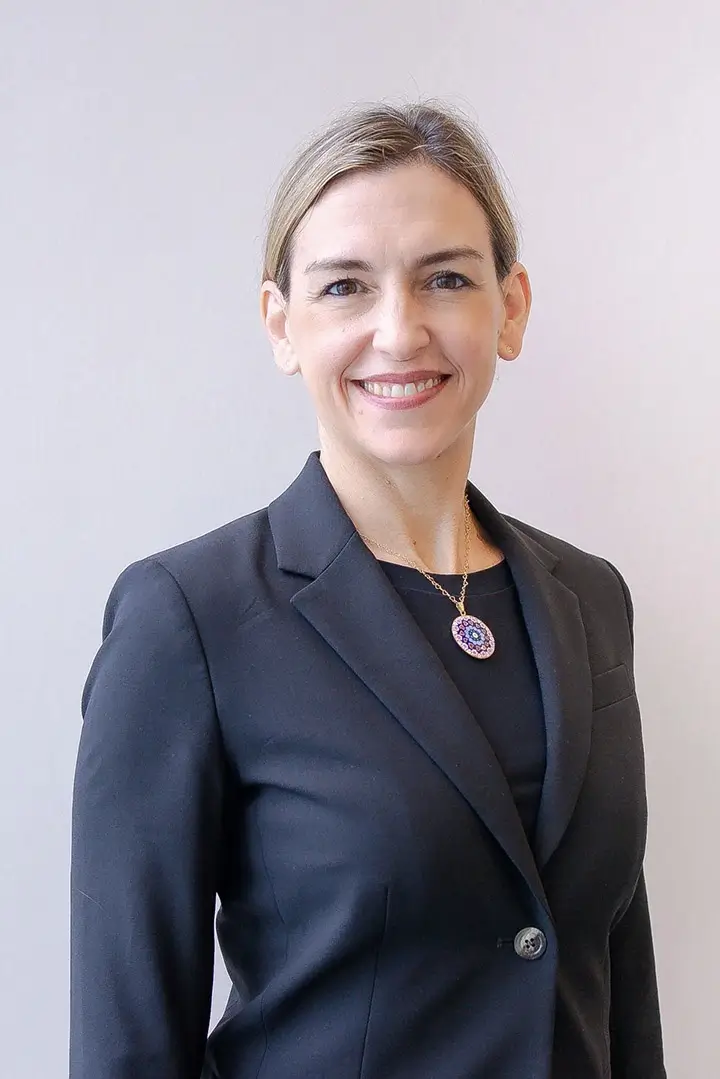On the eve of the World Stem Cell Summit in Madison, Wisconsin, Dr. James Thomson offers realistic and sobering words. Interjecting a healthy dose of reality into the unrestrained hyperbole that typically characterizes embryonic stem cell discussions, Dr. Thomson speaks with a tone of authority as well as guarded optimism.
When Dr. Thomson was featured on the cover of Time Magazine in August of 2001, the headline next to his picture read, “The Man Who Brought You Stem Cells”. Indeed, as the world’s first person ever to isolate an embryonic stem cell, first from a rhesus monkey in 1995 and then from a human in 1998, Dr. Thomson is often acknowledged by his peers as “the founder of the field”. Once again leading a major breakthrough when his team announced their success with the development of human iPS (induced pluripotent stem) cells in 2007, Dr. Thomson is revered in stem cell laboratories throughout the world, wherein his name is to stem cell scientists what Einstein’s, Newton’s, and Galileo’s names are to physicists. It may, therefore, come as somewhat of a surprise to many people to discover that Dr. Thomson is considerably more reserved in his enthusiasm for embryonic stem cells and iPS cells than are most advocates.
When asked to predict a timeline for the development of actual therapies which might result from either embryonic stem cells or iPS cells, Dr. Thomson cautiously elaborated upon the technical difficulties that remain and which must still be resolved before such achievements could be realized. Although he said that such therapies might possibly be developed within the next decade, he added that there are still many scientific hurdles to overcome and the public should be prepared for setbacks and disappointment. According to Dr. Thomson, “It’s one thing to make a tissue in culture. It’s another thing to get it into the body and re-establish function. We need to roll up our sleeves and do a great deal of work here, but it’s not going to happen overnight.”
It is well known that embryonic stem cells are inherently problematic, which is why they have never advanced beyond the laboratory stage. Such problems typically include immune rejection, biological contamination, genetic mutation, lack of controllability during differentiation, and the natural tendency of embryonic stem cells to form a particular type of tumor known as a teratoma, among other problems. Additionally, embryonic stem cells are highly controversial for the ethical dilemmas that are inextricably tied to the destruction of embryos, which is required for the derivation of embryonic stem cells. While iPS cells have solved the ethical controversies, to some extent, by avoiding the need for embryonic stem cells entirely, iPS cells are still pluripotent and therefore still do, by definition, cause the formation of teratomas. Clearly, any medical therapy which is given to a human patient should not be worse than the disease or injury that it is meant to treat, which is why anything that causes teratomas cannot be administered as a “therapy” to people until the underlying cellular mechanisms are fully understood and controlled. Such a level of scientific understanding, of such genetically and biochemically complex matters, could take another decade to achieve, if not longer. Meanwhile, exactly how a clinical therapy could be developed from a tumor-causing, pluripotent cell, even if the cell is of non-embryonic origin, such as an iPS cell, is a topic that is not without its own far-reaching ethical controversies.
An embryologist by training, Dr. Thomson is the first to admit that his primary contribution to the world is not so much in the medical profession, nor in the realm of clinical therapies, as it is in the basic science of embryology and developmental biology. Nevertheless, the world turns to him for authoritative direction in medicine and in the treatment of human disease, and for guidance in navigating this brave new world which he played a major role in creating. The public would therefore be wise to heed his prudent and cautionary restraint.

